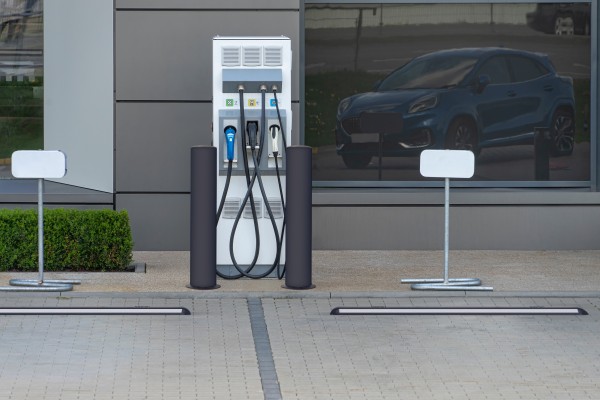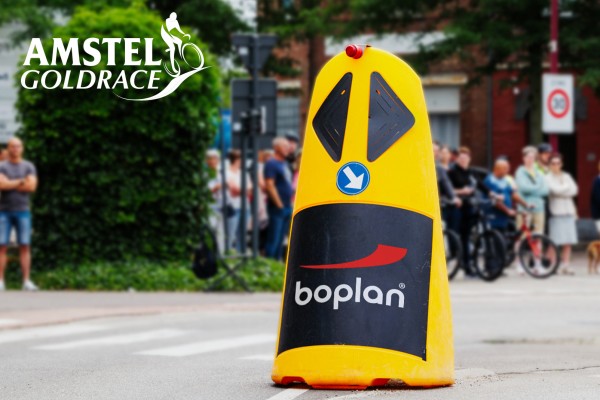How to protect charging stations?
17 May 2024 Charging stationsProtecting charging stations from EVs driving into them is not only smart, it is necessary to ensure safety and reliability. It helps prevent accidents, minimizes damage, maintains accessibility, and promotes a positive perception of electric mobility. In this article, we'll explain why it's a good idea to protect charging stations and which safety solutions are best suited to the task.
6 reasons why you need to protect charging stations
Protecting charging stations against electric vehicles driving into them is essential for several reasons:
1. Safety
Charging stations typically contain high-voltage electrical equipment, and collisions with vehicles can result in serious damage and safety hazards. Protecting charging stations helps prevent accidents that could harm pedestrians, drivers, and occupants of the vehicles involved. It reduces the risk of electrocution, fire and other potential hazards associated with damaged charging infrastructure.
2. Damage prevention
Collisions with charging stations can cause serious damage to both the vehicles and the charging infrastructure. Charging equipment is often expensive and sensitive, and a car crashing into it can result in costly repairs or replacement. Protecting charging stations with physical barriers or bollards helps minimize the risk of damage and ensures their longevity.
3. Reliability and availability
Protecting charging stations ensures their operational continuity. Damage caused by vehicles can disrupt charging services, resulting in inconvenience for EV owners and potential loss of revenue for charging station operators. Protecting the infrastructure helps maintain a reliable and efficient charging network.
4. Cost savings
Repairing or replacing damaged charging stations can be costly. Protecting them with physical barriers, bollards, or other safety measures reduces the risk of accidents and subsequent repair costs. It also minimizes downtime, ensuring that charging stations remain operational and generate revenue without interruption.
5. Public perception
A damaged charging station not only affects the individual involved in the accident, but also affects the perception of EVs and their infrastructure. When charging stations are visibly protected and well maintained, it instills confidence in potential EV owners and demonstrates a commitment to the development of sustainable transportation. Protecting charging stations reinforces the positive image of EVs and encourages their wider adoption.
6. Legal and liability considerations
Many jurisdictions have specific regulations and safety standards for charging infrastructure. Failure to adequately protect charging stations can result in legal liability if accidents or injuries occur. Taking preventative measures to secure charging stations helps ensure compliance, mitigates legal risks, and demonstrates a commitment to safety and responsible operations.
Which safety solutions are best suited to protect charging station infrastructure?
Polymer bollards such as the BO125L EV and BO145L EV are the preferred protection for charging stations. Polymer safety barriers are a good alternative. Especially if you have several charging stations next to each other. Safety solutions such as handrails or barriers like the TB 400 are ideal. A third option is to install kick rails or wheel stops in the parking spaces close to the charging stations. These safety solutions absorb the impact, but it is still better to avoid a collision. It is therefore useful to add fluorescent strips or even LED lighting to the equipment.
Why protect a charging station with a polymer safety solution instead of steel?
A polymer bollard is flexible and returns to its original shape after a collision. A steel bollard must be replaced after a collision. In addition, a steel application causes additional damage not only to the ground on which it is placed, but more importantly, to the vehicle that collides with it. So there is a good chance that you will have problems with the owner of the vehicle.
Do you have one or more charging stations, or are you planning to invest in them? Then don't forget to ask us for advice.











